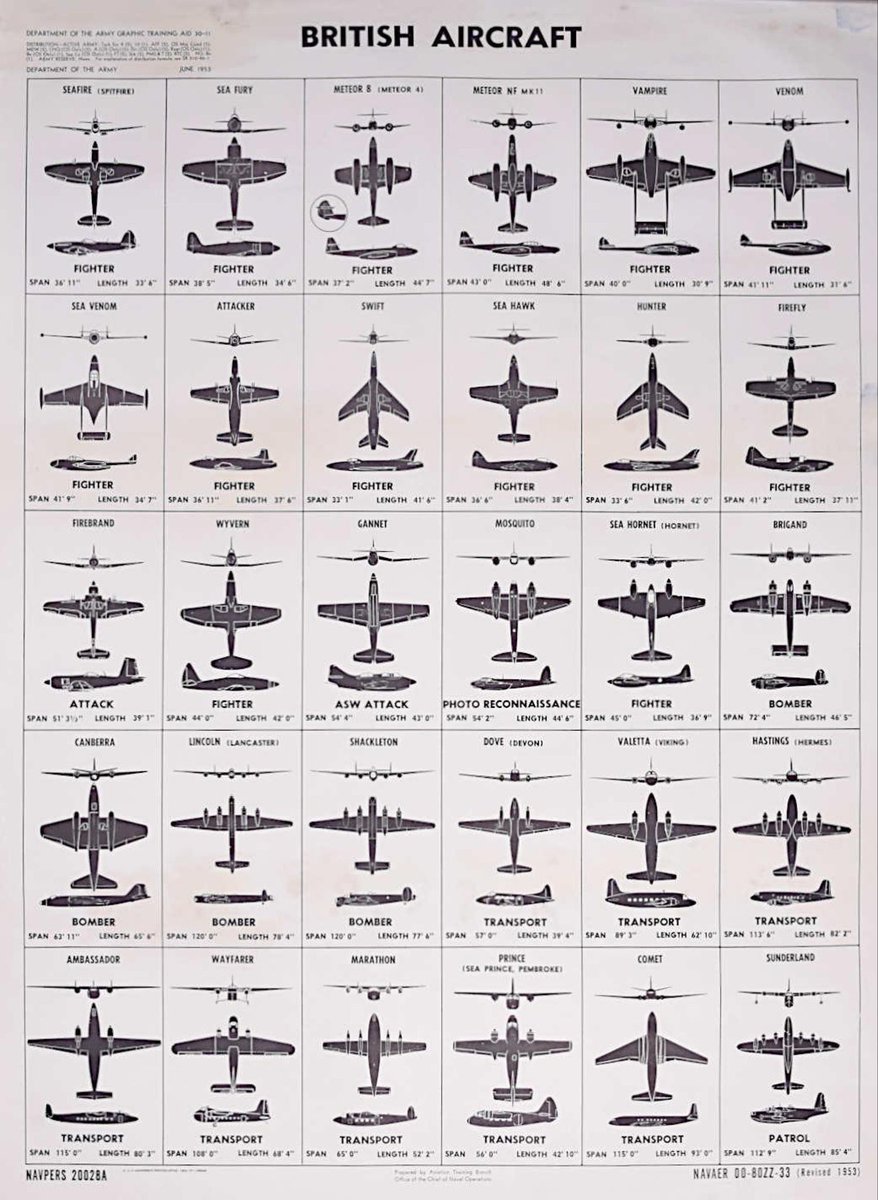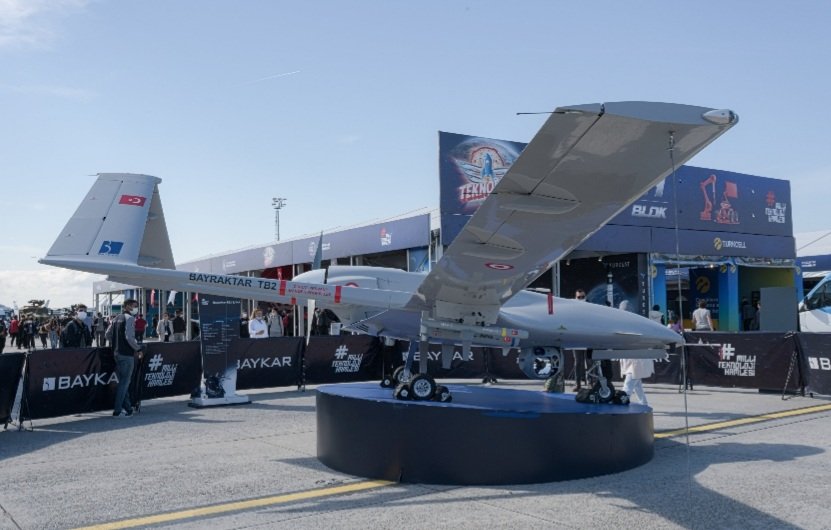
- Kid soldier of WWII 🧵 -
Sergey Aleshkov, was the youngest participant in the Battle of Stalingrad and one of the youngest soldiers of the World War II (1/12) #svagaiature #Russia #WWII #History #Historia #WW2
Sergey Aleshkov, was the youngest participant in the Battle of Stalingrad and one of the youngest soldiers of the World War II (1/12) #svagaiature #Russia #WWII #History #Historia #WW2

Documents on the birth of Sergey Aleshkov were not preserved, but his estimated year of birth is 1934 or 1936 in the forest village of Gryn in the Kaluga region (2/12)
The 10-year-old older brother of Sergey, named Petya, was hanged, and his mother was shot while trying to protect her son from the nazi occupiers. Thanks to a neighbor, Sergey escaped through a window and ran into the forest (3/12)
There he wandered until August 1942 when, during the fighting in the direction of Kozelsky Soviet scouts found him. After questioning Sergey, the soldiers managed to find out the name of the boy, but when asked about his mother, Sergey burst into tears (4/12)
The local colonel decided to leave him as a pupil with the 142nd Guards Infantry Regiment of the 47th Guards Rifle Division. Sergey was given medical assistance and sewn a suitable military uniform (5/12) 

Major Mikhail Vorobiev, who did not have his own family, cared for the boy and soon officially adopted him. He did not want to send Sergey to an orphanage, deciding that nothing would happen to him in the regiment (6/12)
Sergey–considered himself an assistant to the Major. He went to the headquarters every morning and reported on his readiness to carry out new assignments, but did not take part in combat operations. Sergey’s tasks included carrying messages and delivering newspapers (7/12) 

Once, while delivering the newspaper, Sergey noticed suspicious people in a haystack and reported them to the artillery commander. It turned out that the people were German artillery fire spotters, hiding in the haystack with a radio (8/12)
Later, during German shelling, the regiment commander’s dugout was destroyed. Nobody except Sergey saw that Major Vorobiev was under the rubble. Frightened, Sergey unsuccessfully tried to move the logs (9/12)
Then he ran for help and only because of this, the commander was saved. As a result, the youngest soldier received his first medal “For Military Merit” (За боевые заслуги), and Marshal Chuikov gave him a pistol, presumably a Walther P38 (10/12) 

In 1945, Sergey Aleshkov was awarded the medal “For victory over Germany.” At the request of Marshal Vasily Chuikov, he went to study at the Tula Suvorov Military School. In 1954, he graduated from the Suvorov School and became a student of the Kharkov Law Institute (11/12)
Sergey married and raised two children and even lived to see the birth of his grandchildren. In honor of the 40th anniversary of victory in 1985, he was awarded the “Order of the Patriotic War of the First Degree.” Sergey Aleshkov died in 1990 (12/12)
• • •
Missing some Tweet in this thread? You can try to
force a refresh



















